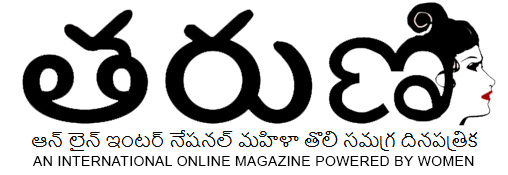Copyright is a legal right granted to the creators of original works, such as literary, artistic, musical, and other intellectual properties. It protects the creator’s work from being used without their permission and provides them exclusive rights over how the work is used, distributed, or reproduced.
Key Aspects of Copyright:
1.Copyright is meant to encourage creativity by giving creators the exclusive right to use their works for a certain period. This includes rights to reproduction, distribution, performance, and adaptation of their works.
2.Works Protected by Copyright are Literary works like books, articles, poems. Artistic works like paintings, sculptures, photographs. Musical works like songs, compositions• Dramatic works like plays, scripts. Films, sound recordings, architectural designs, software, and databases.Original choreographic works and broadcasts etc.
3.Copyright protection is automatic once an original work is created and fixed in a tangible form (written down, recorded, etc.). There’s no need for registration, though registering a copyright provides additional legal benefits and makes it easier to enforce.
4.Exclusive Rights of Copyright Owners:
•Right to reproduce: The copyright holder can control who makes copies of the work.
•Right to distribute: They can decide who can distribute or sell the work.
•Right to perform/display: They control public performances or displays of their work.
•Right to create derivative works: The owner has the right to adapt, modify, or make new works based on the original.
5.Duration of Copyright: In most countries, copyright lasts for the lifetime of the creator and 60 or 70 years after their death (depending on the jurisdiction). For works made by corporations or anonymous works, the duration is often 50 to 100 years from the date of publication or creation.
6.Limitations and Exceptions: In some cases, copyrighted material can be used without permission under the principle of ‘fair use’, which allows limited use for purposes such as education, commentary, criticism, news reporting, or research. Once the copyright period expires, the work enters the ‘public domain’, meaning anyone can use it without permission.
7.Infringement and Remedies: Unauthorised use of copyrighted material is called copyright infringement. The creator can seek legal remedies, including injunctions to stop the use, monetary damages, or statutory penalties, depending on the jurisdiction.
8.Moral Rights: In some countries, creators are also given moral rights, such as the right to be credited for their work and the right to object to any derogatory treatment of their work.
9.International Prpotection:Copyright is recognized internationally through agreements like the Berne Convention, ensuring protection across multiple countries.
In summary, copyright provides creators with legal protection, allowing them to control how their works are used and ensuring they can benefit from their creative efforts while balancing public access through fair use and public domain provisions.
